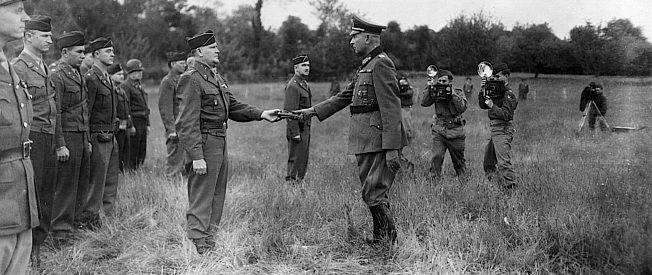

Why did they execute Lady Jane Grey, England’s forgotten Queen? Lady Jane Grey, often referred to as the “Nine Days’ Queen,” was executed because of political turmoil and power struggles in England during the 16th century. Here’s a brief overview of the events leading to her execution:
Succession Crisis:
Lady Jane Grey became queen of England in July 1553 after the death of King Edward VI. Edward, who was Protestant, bypassed his half-sisters Mary and Elizabeth in the line of succession, fearing that they would restore Catholicism. Instead, he named Lady Jane Grey, his Protestant cousin, as his heir in an attempt to maintain Protestant rule.
Mary I’s Claim to the Throne:
Mary, the daughter of King Henry VIII and Catherine of Aragon, disputed Lady Jane Grey’s claim to the throne. Mary had strong Catholic leanings, and her supporters rallied behind her.
Mary’s Rebellion:
Mary gathered support and successfully overthrew Lady Jane Grey’s short-lived reign. Lady Jane Grey was deposed after just nine days as queen.
Imprisonment and Trial:
After her deposition, Lady Jane Grey and her husband, Lord Guildford Dudley, were arrested and imprisoned. In November 1553, Mary I’s government charged them with treason.
Trial and Execution:
Lady Jane Grey and her husband were tried for high treason in November 1553. They were found guilty and sentenced to death. On February 12, 1554, both Lady Jane Grey and Lord Guildford Dudley were executed at the Tower of London. Lady Jane Grey was only 16 or 17 years old at the time of her execution
The execution was a political move by Mary I to eliminate potential rivals and solidify her claim to the throne. Lady Jane Grey’s short reign and tragic fate have since captured the imagination of historians and writers, contributing to her legacy as the “Nine Days’ Queen.”




